It’s the time of year when many of us are thinking about our plans for the near future — especially our New Year’s financial goals. For some, that creates a feeling of pressure, especially if you struggle to specify those goals. One of the biggest issues in doing so is not having a context or framework to define them. That’s why it’s helpful to have a template for the New Year’s financial goals you want to tackle this year. One method that has gained a lot of traction since its introduction in the 1980s is the S.M.A.R.T. framework, and this article will explain how you can use it to refine your New Year’s financial goals and set plans in motion to achieve them.
What Is S.M.A.R.T.?
The S.M.A.R.T. method was developed in 1981 by an energy consultant in Spokane, Washington. It was initially proposed as a solution for business management goals. The inventor of the S.M.A.R.T. framework sought to establish a way to come up with “meaningful objectives.” The S.M.A.R.T. concept is easily translatable for personal financial use, however.
The S.M.A.R.T. acronym stands for:
- Specific
- Measurable
- Assignable
- Realistic
- Time-bound
The process starts with forming a clear idea of the goal you have in mind. It follows with a set of steps and directions that you create to get where you want to be. The S.M.A.R.T. method may seem like a thought-heavy, laborious task. However, when you devote yourself to working through it, you’ll create a practical strategy for achieving your New Year’s financial goals.
Be Specific About Your New Year’s Financial Goals
When you start thinking about your future, you might picture your plans in broad strokes. That’s fine to do at the outset, but before too long, you need to get more specific. Why? Well, having a specific goal in mind immediately gives you something to work toward. The more exact you are about your ideas, the more resources you’ll find to support them. That makes every step more achievable and gets you more directed in realizing them.
For example, say one of your New Year’s financial goals is to save money to travel the world. The first thing you’d probably be specific about is where you want to go. From there, though, it’s good to get specific about how you get there financially. That can result in a refined goal statement like:
“I want to save $6,000 every year for five years for flight and accommodations for a three-month trip to Europe. I want to set aside a reasonable percentage every month after payday and reduce my discretionary spending.”
If you’re hung up on this part, consider taking the classic journalism approach of gathering information for a story. This is the simple act of asking “what, why, where, when, and how.” Unlike a news reporter, though, you’ll be asking yourself these questions in order to clarify your own specific goal statements.
Make Your Goals Measurable
The next step in the S.M.A.R.T. process is making sure you can measure your progress. This involves coming up with how you’ll quantify and calculate results. It also entails scheduling regular check-ups so you’ll be clear on your status.
In our vacation fund example, you’ve already decided to save a certain amount. Breaking down the money, you’ve established that you’ll save $500 every month to make your $30,000 goal in five years.
The first step in measuring your progress is regularly checking your savings account. Subsequent steps might include checking against your current budget (if you’ve set one, which you should). Are there certain discretionary items that you can cut back on, if not eliminate altogether? Can you use spreadsheets or a mobile app to help you stay on target?
Making measurable goals is not just practical. It’s also encouraging. Every smaller goal you achieve while aiming for the greater one is worth recognizing and enjoying.
Are Your New Year’s Financial Goals Achievable?
It’s human nature to dream big, and it’s certainly okay to do so. However, you should assess whether your New Year’s financial goals are something you can plausibly achieve. The next step in the S.M.A.R.T. method might be the most difficult because it requires you to be honest about yourself.
This might not be a pleasant prospect. It can be dejecting to realize that you might have to scrap your plans and start over. That’s not necessarily the case, though — you may just need to temper your expectations and adjust your goals.
In our example, your goal is to save $6,000 every month for five years. However, you’re 28 years old. You’re still advancing at work, but it’s going slowly. Your expenses keep going up, and your investments are wavering. That goal of saving $500 a month might put stress on your life.
You don’t have to toss out your dream, though. You just need to find alternate ways of achieving it. You could change your monthly savings amount to $400 and delay the vacation date a year or two. You might even want to change your destination to a more affordable place.
Are You Realistic About Your Goals?
This question sounds a lot like the last one. There are, however, subtle differences between the two. Another round of honest introspection should determine whether your goals are realistic. You’ve already restructured your goals so that they’re achievable. Now, you need to determine whether these steps are practical and sensible, given your current and future situations.
Largely, this necessitates some forward thinking and leaving room for emergencies – and for life to evolve. There’s no telling what the future holds, even in the short term. Undoubtedly, there will be some surprises that might delay your progress. Again, these aren’t failures — they’re just how life works. So, take time to be sure your goals fit your real life.
Structure Your Goals with Time
The final part of the S.M.A.R.T. method is setting up an acceptable timeframe to meet the goals you’re setting. Money and time are tightly intertwined in this goal-setting process if you want to stay on track, so it’s highly beneficial to chart your financial future on a timely basis.
Returning to our example, you’ve given yourself five years to meet your vacation fund goal. You’ve also given yourself a monthly goal of saving a certain amount. Beyond that, you can set other efforts and milestones against time. Perhaps you’ve decided to take on a side gig to make your goal more achievable. How many hours will it require on a weekly basis? How long do you have to keep the side gig? Is it permanent, or will you only need a few months to keep your goals on track? Use this process to add additional time structure to your aspirations.
Are You Ready to Tackle Your Goals in the New Year? We Can Help!
Setting your New Year’s financial goals using the S.M.A.R.T. method is a helpful way to begin the new year in a productive way, giving yourself a roadmap to achieve the future you desire. While planning for the next 12 months is essential, you’ll also want to consider your longer-term financial goals and plans.
If you’re looking for a professional partner to help you develop a comprehensive financial plan personalized to your needs, we can help. At Principal Preservation Services, we make your future our focus and offer solutions to help you achieve your goals. Contact us today to schedule a complimentary conversation with a member of our team.









